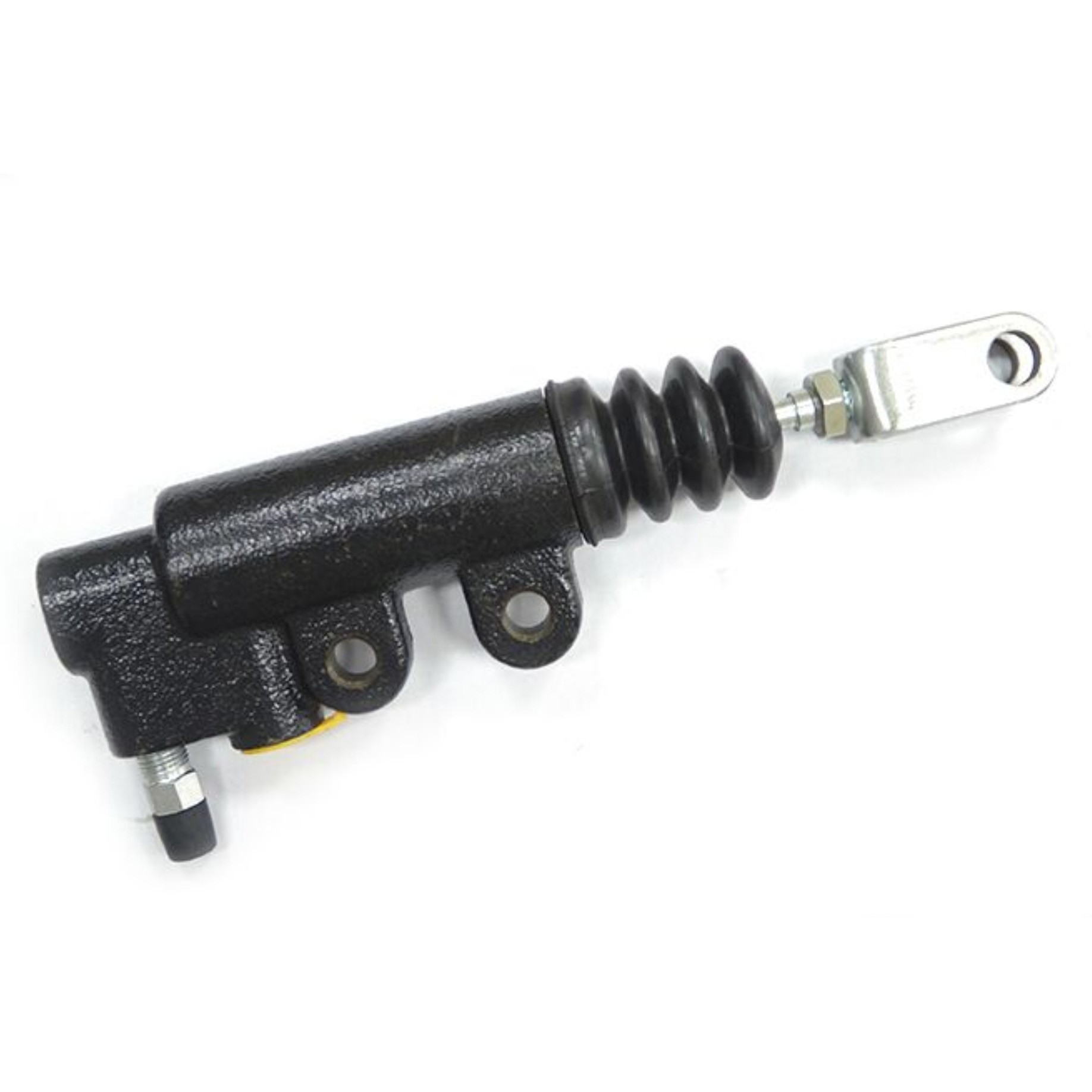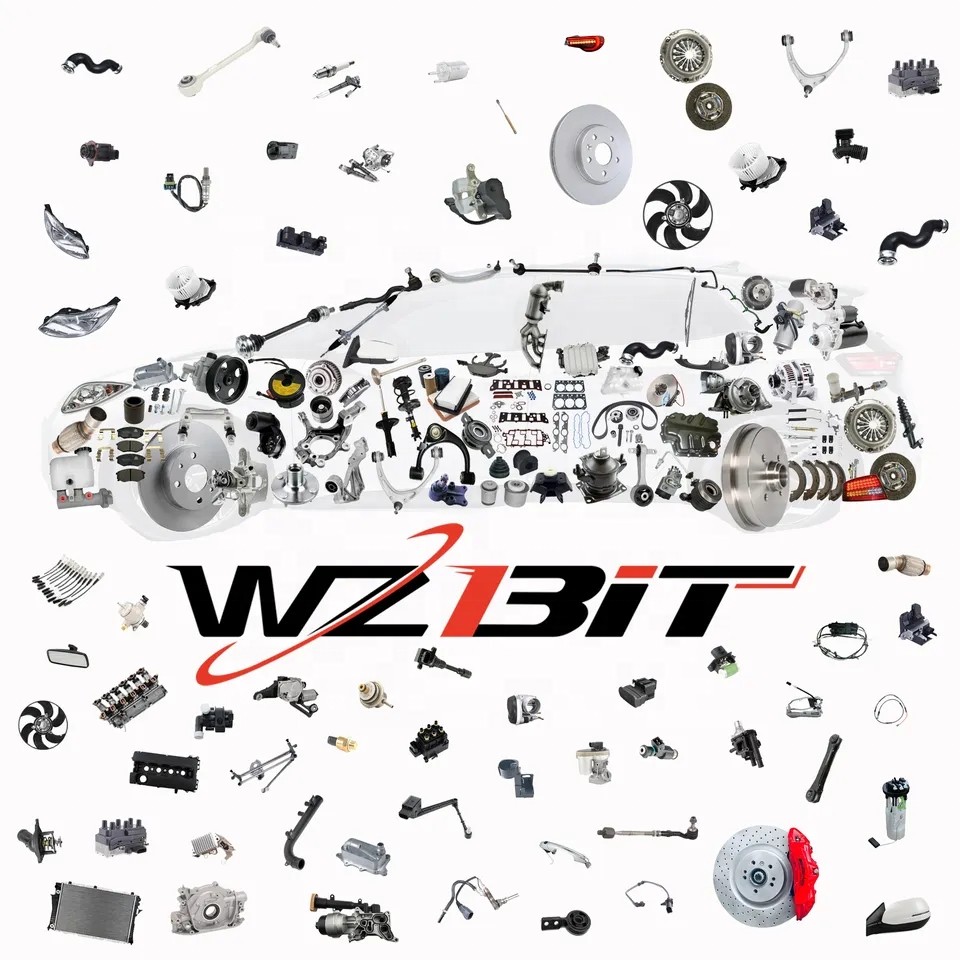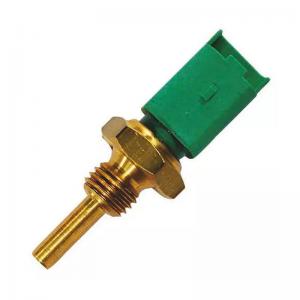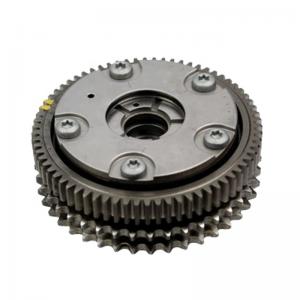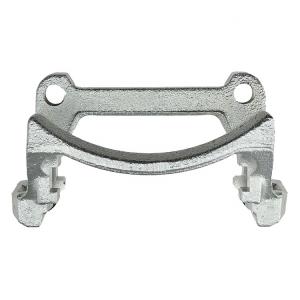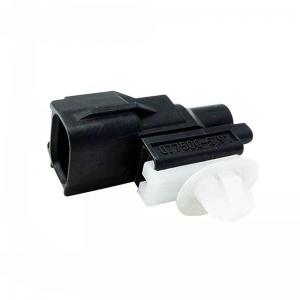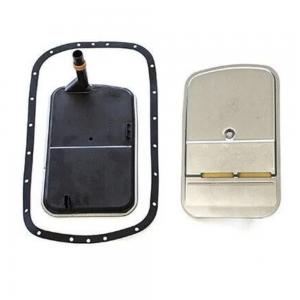Clutch Slave Cylinder
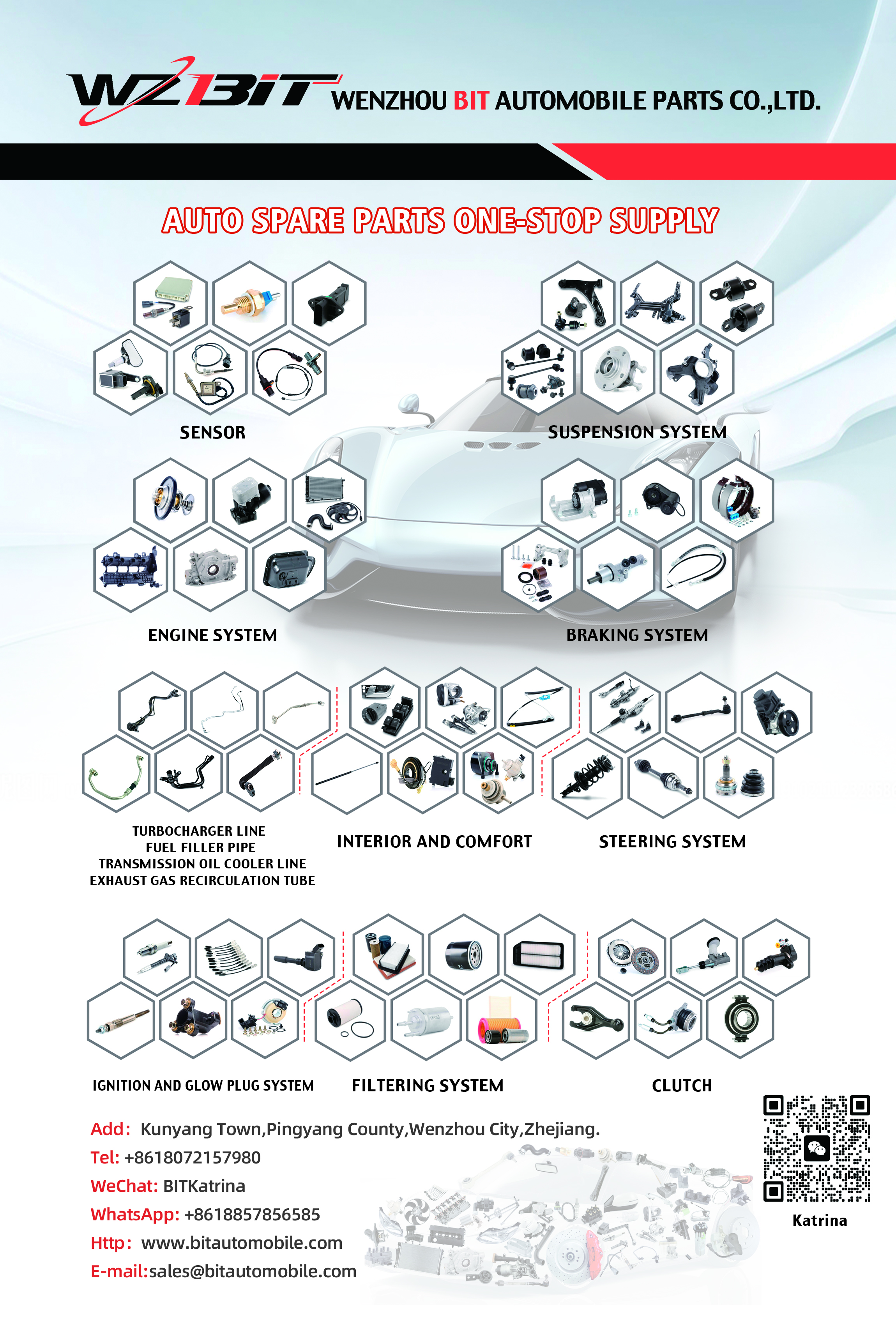
The clutch slave cylinder is a critical component in a hydraulic clutch system. Its primary function is to receive hydraulic pressure from the clutch master cylinder and use this pressure to engage or disengage the clutch.

OE Number
| 3EA-11-41270 | 3EB-10-41270 |
| 3EA1141270 | 3EB1041270 |
Compatible Applications
Fits For Komatsu Forklift FD10~18-20,FG10~18-20,FD20~30-16/-17,FG20~30-16/-17
Construction
A typical clutch slave cylinder consists of:
- Cylinder Body: Usually made of aluminum or cast iron, housing the internal components.
- Piston: Moves within the cylinder body, driven by hydraulic pressure from the master cylinder.
- Hydraulic Line Connection: An inlet for the hydraulic fluid from the master cylinder.
- Push Rod: Extends from the piston and connects to the clutch release mechanism.
- Bleeder Valve: Allows for the removal of air from the hydraulic system.
- Seals and O-Rings: Prevent fluid leaks and maintain hydraulic pressure.
Operation
1. Hydraulic Pressure Reception: When the driver presses the clutch pedal, the master cylinder generates hydraulic pressure, which is transmitted to the slave cylinder through hydraulic lines.
2. Piston Movement: The hydraulic pressure forces the piston in the slave cylinder to move.
3. Clutch Disengagement: The piston movement pushes the push rod, which then moves the clutch release fork or bearing, disengaging the clutch from the engine.
4. Pedal Release: When the clutch pedal is released, the pressure is relieved, and the clutch re-engages.
Importance
- Smooth Clutch Operation: Ensures consistent and smooth engagement and disengagement of the clutch.
- Driver Control: Provides precise control over the clutch mechanism, facilitating efficient gear changes.
- Reduced Wear: Hydraulic systems, including the slave cylinder, reduce mechanical wear compared to cable-operated systems.
Maintenance
Regular maintenance and inspection of the clutch slave cylinder are essential for reliable clutch operation:
- Fluid Levels: Check and maintain proper hydraulic fluid levels in the master cylinder reservoir.
- Leak Inspection: Regularly inspect the slave cylinder and hydraulic lines for any signs of fluid leaks.
- Fluid Quality: Ensure the hydraulic fluid is clean and free from contaminants. Replace the fluid as recommended by the vehicle manufacturer.
- Pedal Feel: Monitor the clutch pedal for changes in resistance or sponginess, which may indicate air in the hydraulic system or a failing slave cylinder.
Replacement
If the clutch slave cylinder fails or shows signs of wear, it should be replaced to maintain proper clutch function. Replacement typically involves:
1. Accessing the Cylinder: Locate the clutch slave cylinder, usually mounted on the transmission housing.
2. Removing the Fluid: Drain the hydraulic fluid from the system to prevent spillage.
3. Detaching the Cylinder: Disconnect the hydraulic line and remove the bolts or fasteners securing the slave cylinder to the transmission.
4. Installing the New Cylinder: Mount the new slave cylinder in place, reconnect the hydraulic line, and secure it with bolts or fasteners.
5. Refilling and Bleeding: Refill the hydraulic system with fresh fluid and bleed the system to remove any air bubbles.
6. Testing: Test the clutch operation to ensure smooth and consistent engagement and disengagement.
In Summary
The clutch slave cylinder is a vital component in hydraulic clutch systems, converting hydraulic pressure from the master cylinder into mechanical motion to engage and disengage the clutch. Regular inspection, maintenance, and timely replacement of the clutch slave cylinder are essential for optimal vehicle performance and safety.
Send your message to us:


